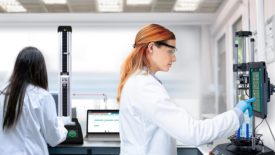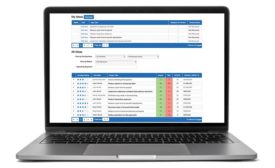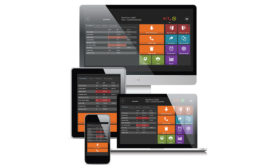Home » Keywords: » software integration
Items Tagged with 'software integration'
ARTICLES
Software
The key to ERP success is starting off on the right foot.
Read More
Artificial Intelligence
Balancing Innovation and Safety: The Complex Role of AI in Quality Assurance
The integration of AI into quality assurance offers both exciting possibilities and significant risks.
September 7, 2024
Software
Building Quality into Digital-Twin-based Systems Utilizing the DTC Composability Framework
A recent report by the National Academies of Sciences, Engineering, and Medicine highlights data quality as a significant concern for the reliability of digital twins.
August 23, 2024
Software
The Role of Software in the Quality Assurance Testing Team
In the ever-evolving landscape of manufacturing, consistency in quality is one of the bedrocks upon which reputations are built—and sustained.
March 1, 2024
How Scalable is your Software?
Quality methods call for quality software that will be embraced by all.
August 26, 2020
A Calibration Software Solution
Integrating calibration software with asset management software for a comprehensive calibration solution and work order automation.
June 8, 2019
The Value of One Software for Several Types of Inspection Systems
A common software for multiple instruments, often from multiple OEMs, is ideal.
April 2, 2019
Uniting Top Floor and Shop Floor for Improved Performance: MES-ERP Integration
The integration of ERP and MES offers manufacturers a real advantage.
November 6, 2015
Stay in the know with Quality’s comprehensive coverage of
the manufacturing and metrology industries.
eNewsletter | Website | eMagazine
JOIN TODAY!Copyright ©2025. All Rights Reserved BNP Media.
Design, CMS, Hosting & Web Development :: ePublishing











